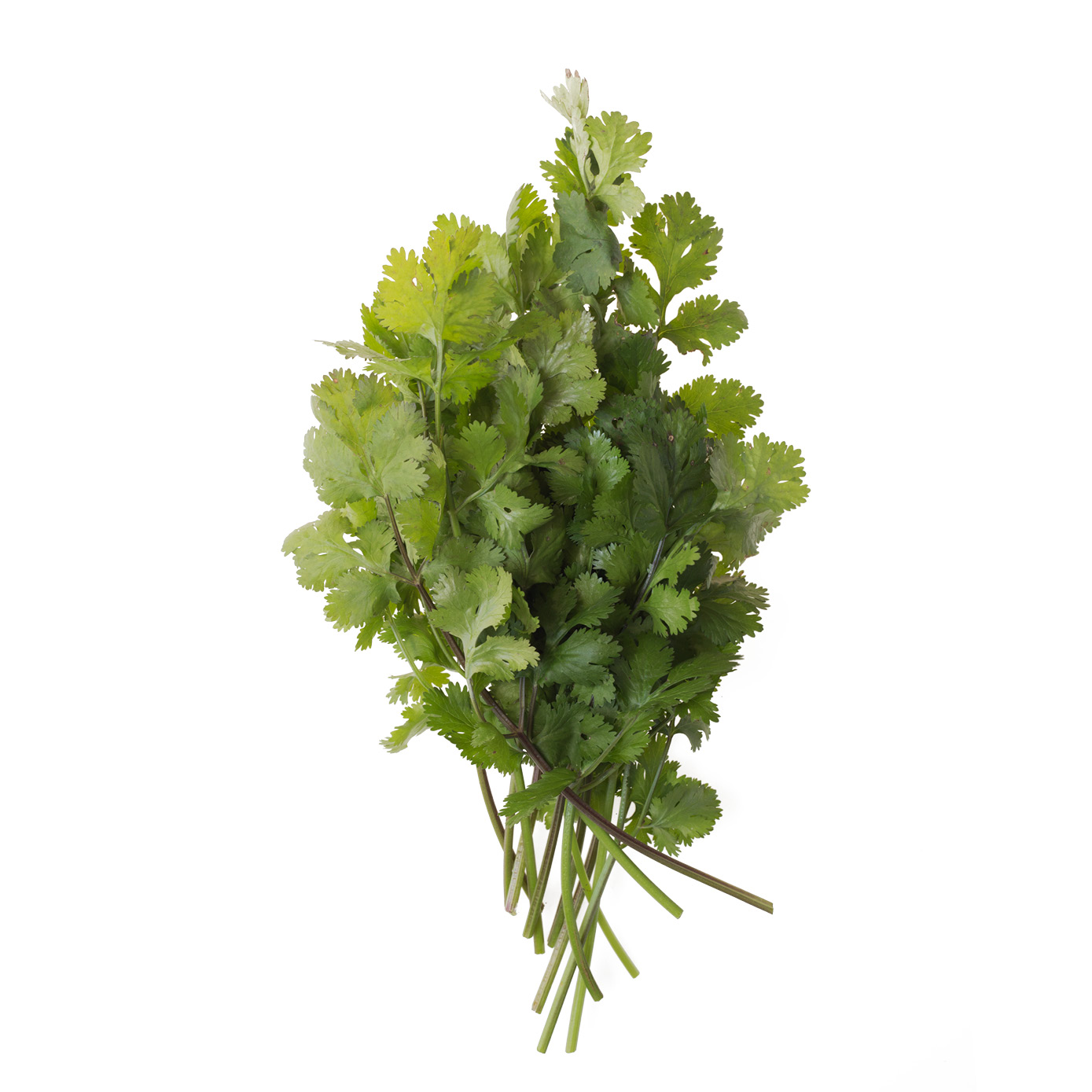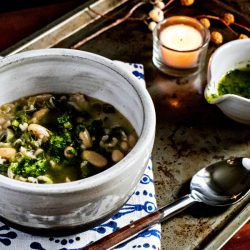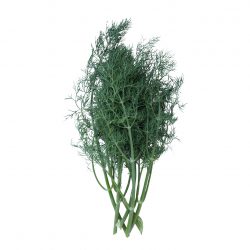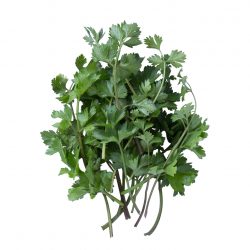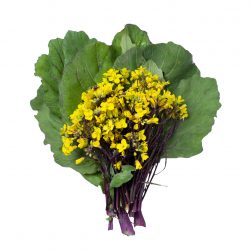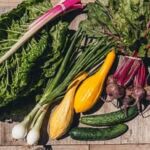Cilantro
Coriandrum sativum
There is evidence that cilantro has been cultivated and eaten for thousands of years. It also contains chemicals within it’s leaves that can help to retain other food’s freshness.
Seasonality
| J | F | M | A | M | J | J | A | S | O | N | D |
| • | • | • | • | • | • | • | • | • |
Description
An annual herb in the same family as carrots and parsley. The entire plant of leaves, stems and even the seeds are edible. The seeds are known as coriander. It has a uniquely fresh and fragrant flavor that is like a blend of citrus and parsley.
Storage tips
Store upright in a glass of water with only the stems submerged. Leave on your countertop or in the fridge. If the stems are not long enough to submerge, simply wrap the cilantro tightly in a plastic bag and leave in your refrigerator. It has a shelf life of about 3-5 days. The dried seeds can be kept in an airtight container for up to a year. Store the flowers loosely wrapped in paper towels in the crisper drawer of your fridge and use within 2 days.
Culinary tips
- Delicious in salsas, and used primarily in Mexican recipes. It’s also very good in salads, and in tomato sauce.
- The dried seeds are the spice we know as coriander: use it whole or ground.
- The flowers have a milder flavor than the leaves. Use them as a garnish for salads, tacos, or avocado toast. Or, try mixing them with plain yogurt, mint, and a squeeze of lemon for a dipping sauce.


